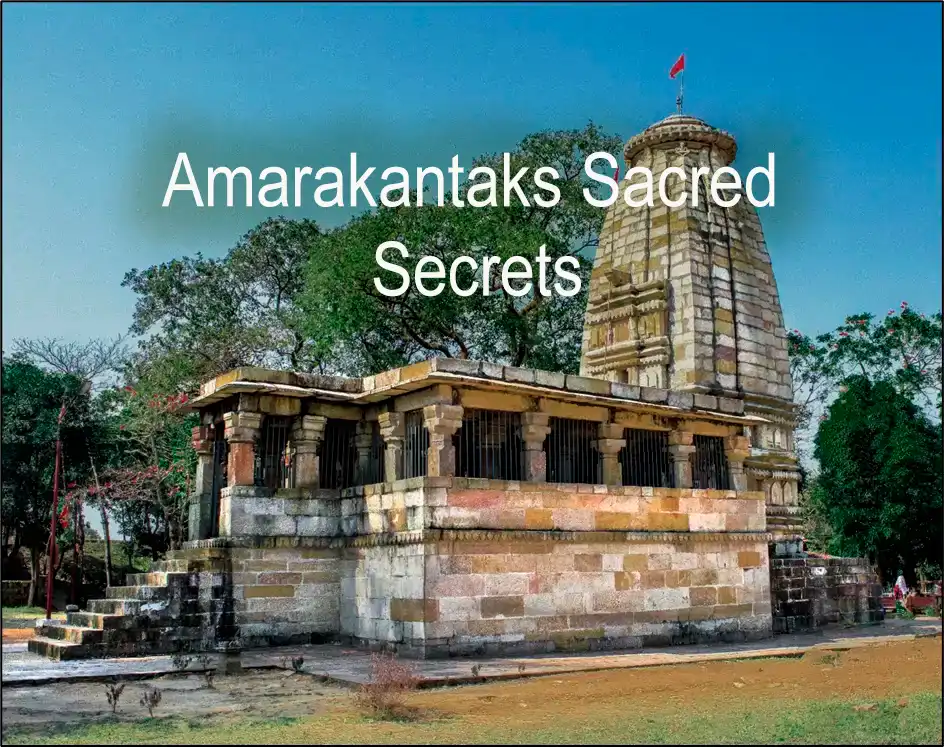Amarakantaks Sacred Secrets
Amarakantaks Sacred, a holy town chillin’ near the Chhattisgarh border in Annupur, Madhya Pradesh, is a major hotspot for pilgrims. Surrounded by the Vindhya and Satpura ranges, plus the Maikal hills.
This place is super famous as the starting point of three big rivers – Narmada, Sone, and Johila.
The Group of Ancient Temples sits right opposite the Narmada Udgam complex, which is the temple setup around the Narmada River’s starting point.
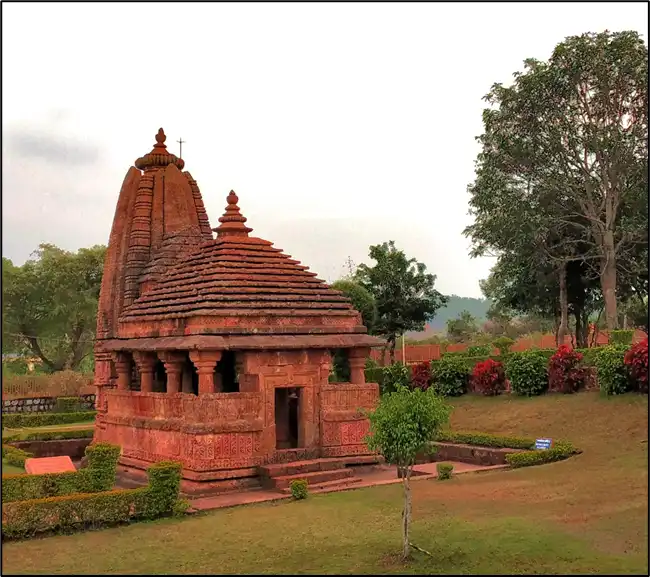
The Archaeological Survey of India’s Bhopal Circle looks after it properly. But even though hundreds of Jain and Hindu pilgrims come to Amarkantak, this spot looks pretty deserted with hardly any visitors.
The history here dates back to the 8th century A.D.
It’s said that Shankaracharya built the Surya Kund to honor the birthplace of the Narmada River. The main temple hall has a shikara, a tall, pointy structure that’s a classic example of Nagara-style architecture.
ALSO READ: Maha kumbh Mela 2025 And It’s Importance
Karna Temple in Amarakantaks Sacred Secrets
The Group of Ancient Temples is chillin’ right across from the Narmada Udgam complex, where the Narmada River starts its journey. The Archaeological Survey of India’s Bhopal Circle keeps it in good shape.
But honestly, even though loads of Jain and Hindu pilgrims visit Amarkantak, this spot feels kinda forgotten, with hardly anyone stopping by.
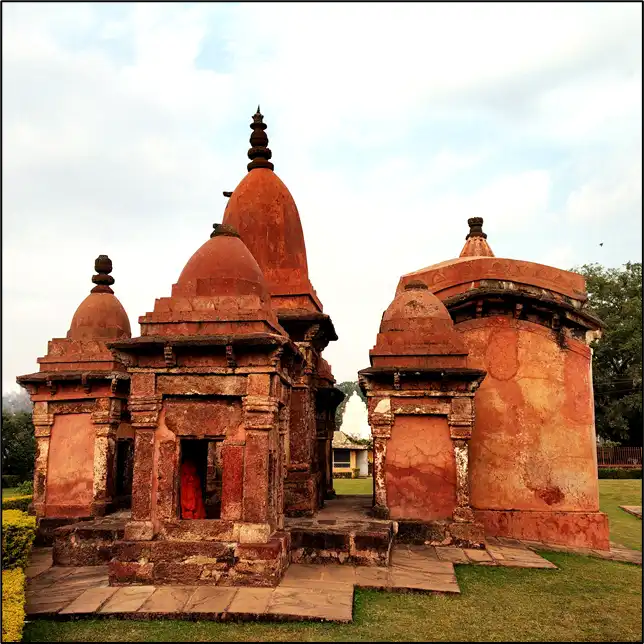
The history of this place goes way back to the 8th century A.D. They say Shankaracharya himself built the Surya Kund to honor where the Narmada River is born. The main temple hall here has a shikara, that tall, pyramid-like structure showing off some classy Nagara-style vibes.
The Pataleshwar temple sits slightly underground, giving it a cool vibe. It’s got a pyramidal mandapa and a pancharatha shikara—basically, the temple tower with five elevations.
While the Kalachuri king Karna (1041–1073) built it later, folks say that Shankaracharya himself placed the Shiva statue here way back in the 8th century.
Constructions of the temple in Amarakantaks Sacred
Built sometime between the 11th and 12th centuries C.E., the Shiva temple, also known as the Machendranath temple, has some pretty classic vibes. It’s got a mandapa, a garbhagriha (sanctum), and an antarala, a small chamber connecting the two. The mandapa has low, open walls and side slabs near the entry. The temple’s design follows the pancharatha style, and inside, you’ll find a cool statue of a dancing Ganesh.
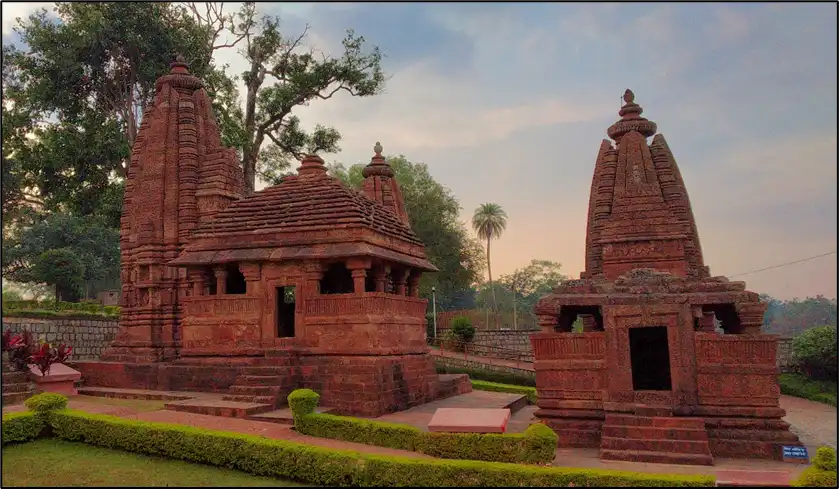
Right next to it is the Vishnu temple, also called the Keshava-Narayan temple. This one’s unique, with two garbhagrihas set at right angles, joined by a shared entrance and mandapa.
The Johila Temple, though, came later than the other two, giving it a different vibe altogether.
The Mahishasur Mardini temple at Chaiturgarh
Chaiturgarh, also known as Lafagarh, is tucked away in the lush greenery of Chhattisgarh. It’s kinda like a hidden gem that most Indian tourists haven’t caught onto yet. The Archaeological Survey of India’s Raipur Circle has tagged it as a protected monument.
So you know it’s got some serious historical vibes going on.
The fort’s chillin’ in the Korba area of Katghora tehsil, about 77 km from Bilaspur. To get there, you’ve gotta pass through some rugged, forest-covered hills—proper jungle vibes. At the base of the fort, there’s a small clearing where you can park and grab some snacks from a few tiny shops.
The climb to the fort’s entrance is no joke—it’s super steep but totally worth it for the epic view of the endless green forest. On the way up, you’ll spot massive boulders that came crashing down during a landslide.
Back in the day, people used stairs to get up, but now there’s a ramp to make the climb to the top a bit easier.
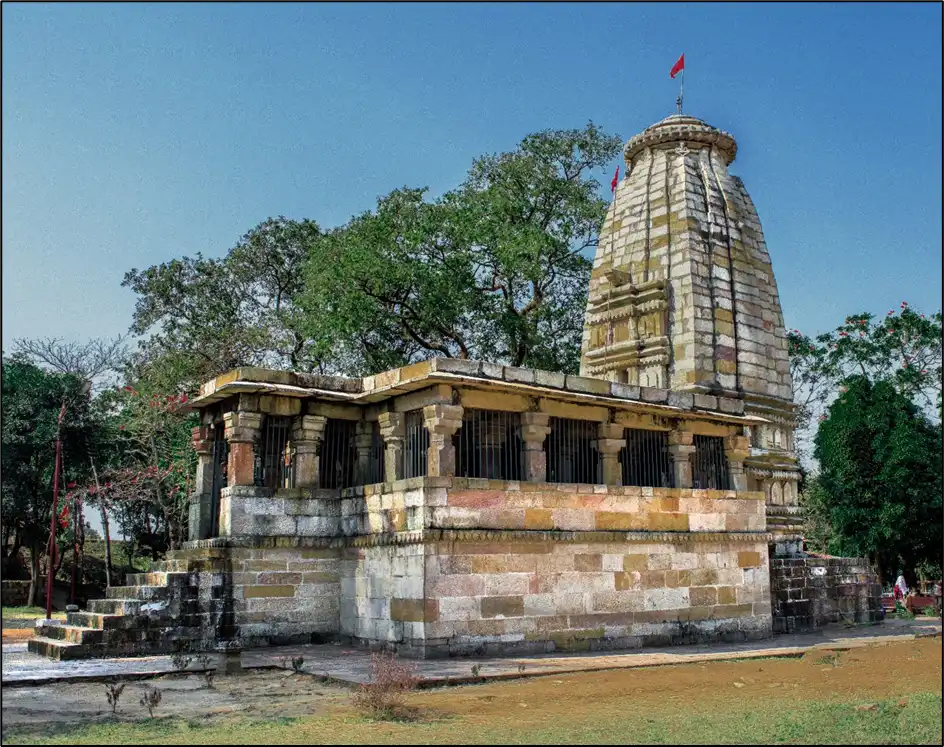
Kings of that time
The inscriptions tell us that Raja Prithvideva-I, a Kalachuri prince from Ratnapura built this fort way back in the 10th century.
Originally, the hilltop fort had three gates facing different directions. Now, the main entrance is the stone-built Simha Dwar, which leads straight to the legendary Mahishasur Mardini temple.
The fort and temple have been getting some serious TLC with ongoing conservation work to keep the vibes alive and kicking.
This temple’s got some serious status—it’s been declared a monument of national importance. Sitting on a raised platform.
It’s made of sandstone and has a set of stairs leading up to a mandapa held up by 32 pillars. Those pillars? They’re said to rep the 32 crore Hindu gods, no less!
Inside the square garbhagriha, you’ll find a badass twelve-armed statue of Adi Shakti Mahishasur Mardini. The lalatabimba has a carved Ganesh chillin’ there, and above the garbhagriha, there’s a stunning curved shikara in pancharatha style.
The story goes that after smashing the demon Mahisasur, goddess Durga took a break here, and that’s where the temple was built. During Navratri, this place gets lit with special pujas, drawing crowds from all over Chhattisgarh.
